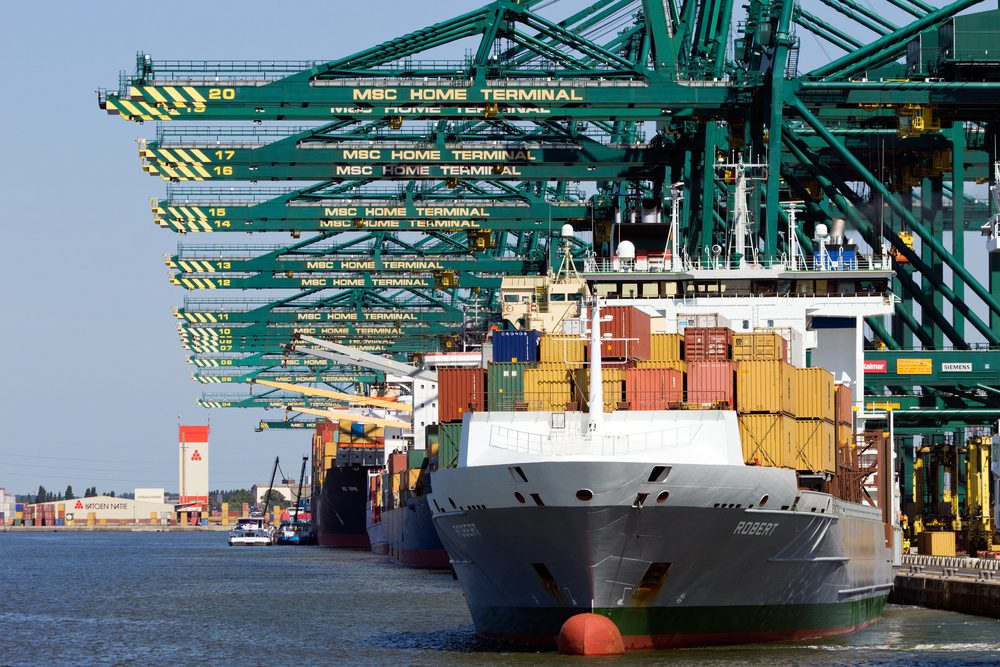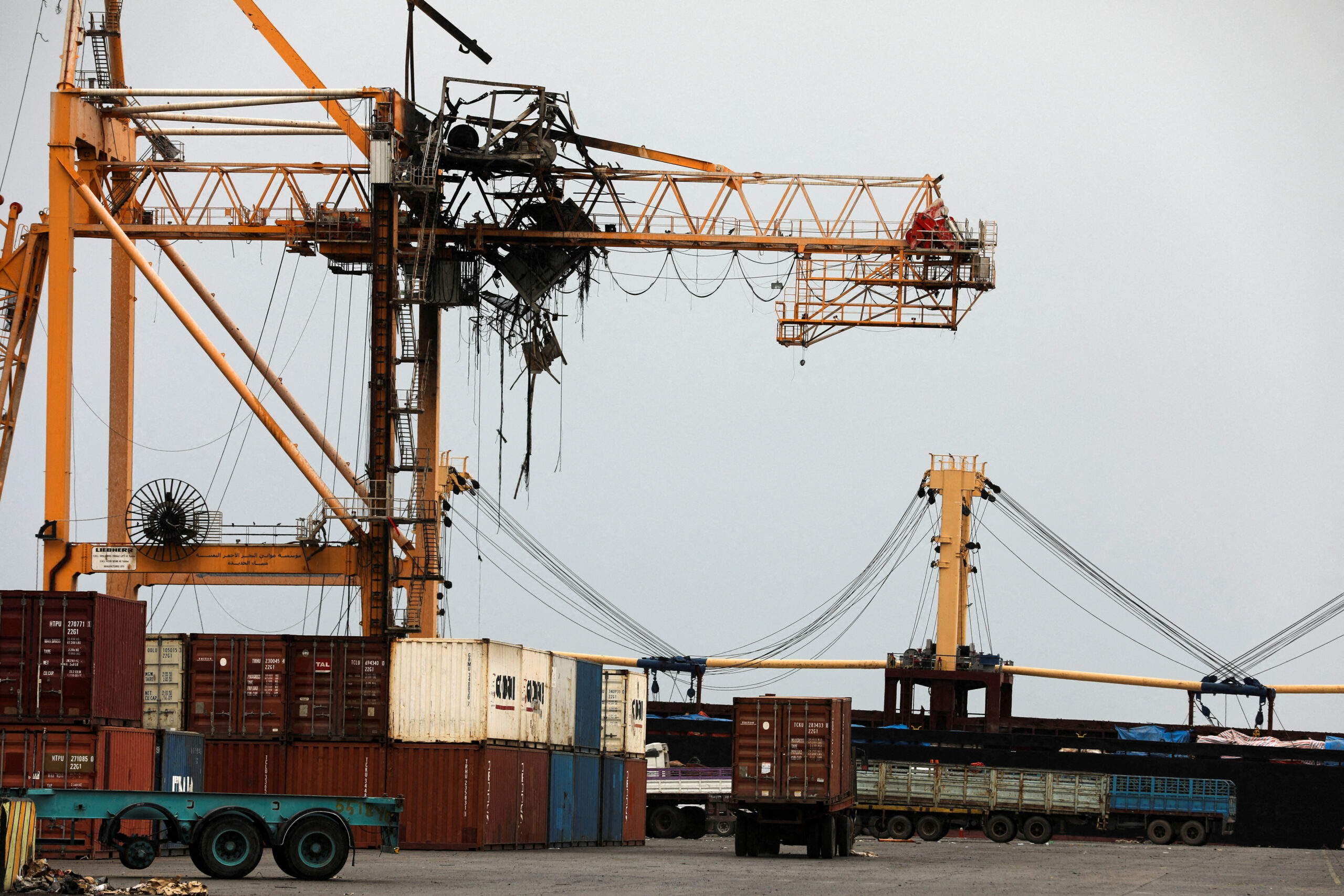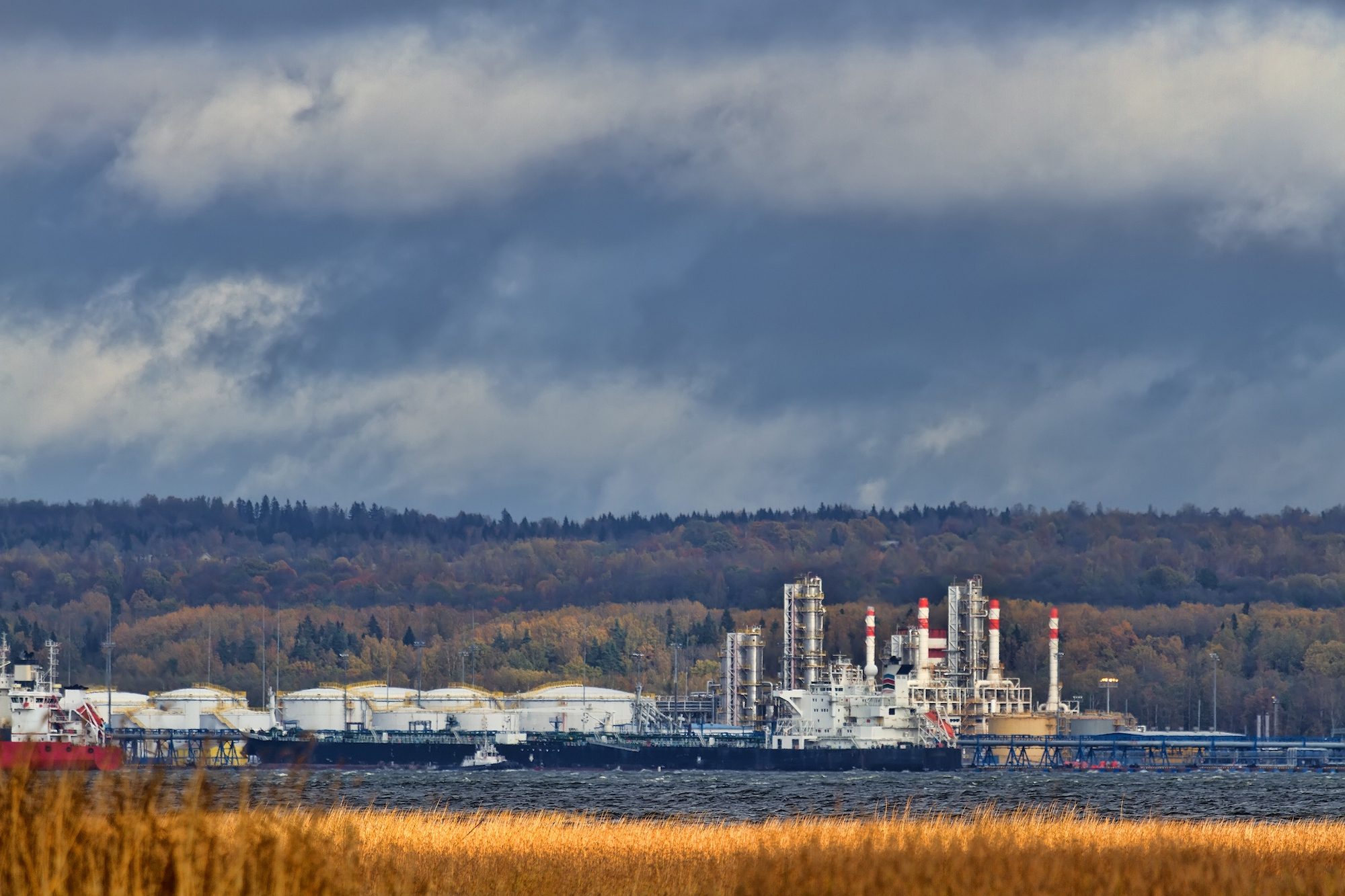The Belgian ports of Antwerp and Zeebruge have officially combined, creating Europe’s largest export port.
The two cities signed the shareholders’ agreement at an extraordinary general meeting of 22 April 2022.
The combined port, operating under the name Port of Antwerp-Bruges, will not only be Europe’s largest export port with 147 million tons/year, but also the largest throughput port for vehicles, the largest integrated chemical cluster, and one of the leading container ports in Europe. The port will provide a minimum of 74,000 direct and 90,000 indirect jobs, with an added value of nearly €21 billion representing 4.5% of Belgium’s GDP—making it by far the largest economic engine in Belgium.
The City of Antwerp and City of Bruges announced the launch of the merger process for the ports in February 2021.
A statement from the Port of Antwerp-Bruges says it has the “express ambition” of becoming the first port in the world to “reconcile economy, people and climate.”
“The unified port plans to further strengthen its position in the international logistics chain, take a leading role in the energy and digital transition, and at the same time create sustainable added value for society as a whole. Not just for the area of Antwerp and Zeebrugge, but also for all possible stakeholders in the wider national and international region,” the port said in a statement.
Port of Antwerp-Bruges will also seek out a leading role as a green energy hub, with the continuation of its pioneering CO2 capture, storage and reuse project, which is targetting 2.5 million tons of CO2 captured from industry by 2025. The CO2 will be stored and eventually reused as a raw material for a wide range of applications.
Antwerp’s position as the second largest petrochemical cluster in the world, combined with the coastal position of Zeebrugge, also provides a “unique opportunity” to take a leading role in the roll-out of the hydrogen economy. The Port of Antwerp-Bruges plans to have the capacity to receive its first green hydrogen by 2028.
“To this end, it is working to expand terminal capacity for existing and new hydrogen carriers at both port sites. A hydrogen pipeline between the two sites and towards the European hinterland will ensure that the port area as a whole and, by extension, Belgium and a large part of Europe, can make use of this important carrier for renewable energy,” the port said.
“The unified port is not only the economic engine of Flanders, but together, the ports of Antwerp and Zeebrugge will also form the largest export port , largest throughput port for vehicles, and the leading chemical hub in Europe! At the same time, Port of Antwerp-Bruges has major ambitions to become the energy gateway to Europe as a ‘green port’. In short, Flemish economic history is being written here today,” said Annick De Ridder, Vice-Mayor of the City of Antwerp and President of the board of directors of Port of Antwerp-Bruges.
Dirk De fauw, Mayor of the City of Bruges and Vice-President of Port of Antwerp-Bruges commented: “As Mayor of the City of Bruges and Vice-President of the Port of Antwerp-Bruges, I am convinced that this merger will lead to sustainable growth in economic activity and jobs in both sites, and boost Flanders’ international reputation around the world. Together, we are stronger”.

 Join The Club
Join The Club











